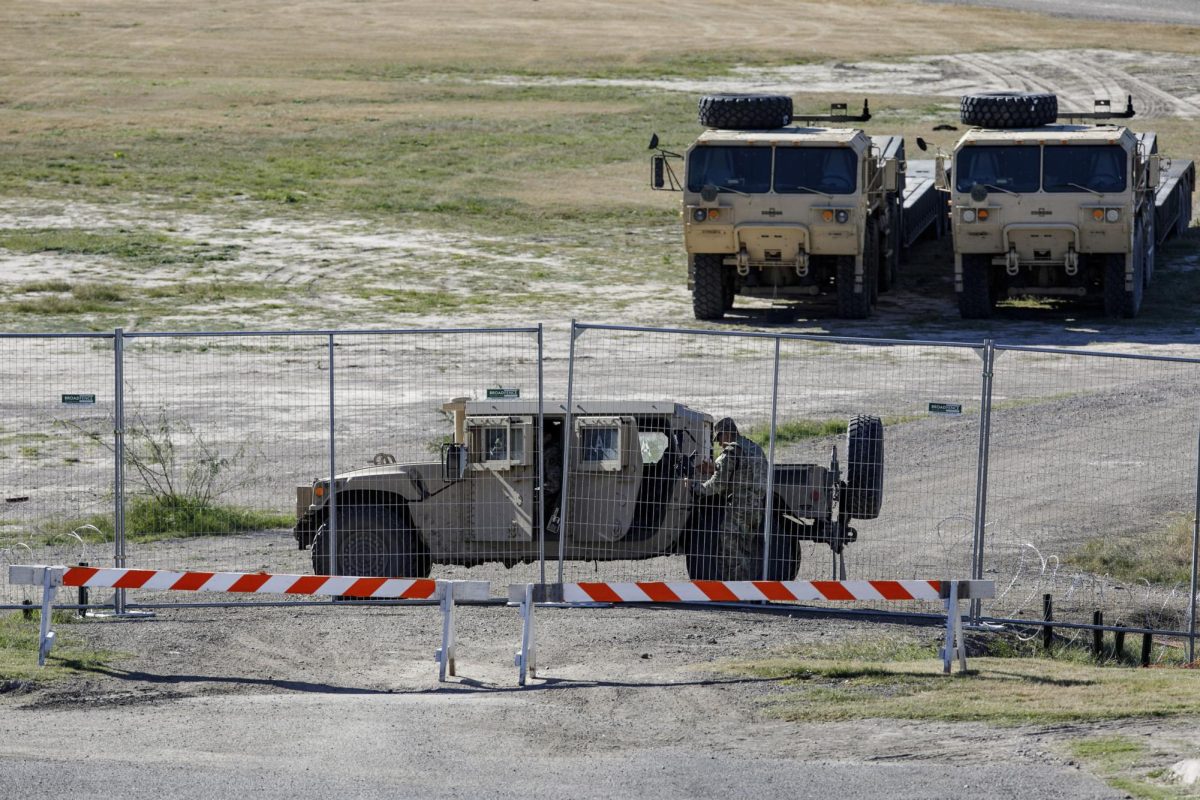In 1906, a large earthquake rumbled throughout the San Francisco area of California. Almost immediately, buildings and infrastructure were devastatingly struck by the natural disaster. This earthquake would ultimately lead to over 3,000 casualties, making this catastrophe one of the most dangerous American earthquakes. This natural disaster was caused by a major movement change in the nearby transform plate boundary: the San Andreas Fault.
The San Andreas Fault has proven its strength and dangerous impact on the surrounding areas ever since the 1906 earthquake. Now, research shows that the fault may be gearing up again for an earthquake in the near future.
Seismologists have made research progress regarding how the fault has been acting recently, and though the normal behaviors of an impending earthquake have not been detected, certain factors indicate that an earthquake will come to fruition soon. This may not be too much of a surprise to many who have been keeping an eye on this strike-slip fault, as the large earthquakes produced by it usually occur in 22-year intervals.
Researchers have been noticing pressure placed in certain areas around the fault that could lead to a possible earthquake. The earthquake could occur as soon as this current year, though they are still not sure on the definite details of this imminent earthquake. So, though it is highly suspected one will rupture soon, currently there is no telling when exactly this earthquake could occur.
The San Andreas Fault has found itself being a widely known name due to its major impact on the always-growing population of large California areas. With the strength of earthquakes that occur due to the actions of the San Andreas Fault — the 1906 earthquake having a high magnitude of 7.9 — these earthquakes greatly hinder infrastructure and the day-to-day lives of people in the California area.
Moreover, in addition to the catastrophic damage to the local areas, especially in overpopulated cities such as Los Angeles, the lives of countless people are uprooted, and in most cases these individuals end up homeless.
The 1906 earthquake was first suspected and identified in the very late 1800s by UC Berkeley professor, Andrew Larson, who would go on to name the right-lateral fault after the surrounding San Andreas valleys. However, this formation has existed for much longer than its discovery, having formed about 30 million years ago during the Cenozoic era.
The San Andreas Fault has notably had a great impact on the world of science and geological studies. Research conducted on the movement of the San Andreas Fault has thereby led to further research about plate tectonics. It is a natural landmark in geology, and can be quite dangerous to the people near it. It is important to stay alert when near areas of the fault, and keep resources near in case of an unforeseen emergency.
It is difficult to tell how close this brewing earthquake is, however as further research and factors occur, more knowledge of this imminent disaster will be revealed. The San Andreas Fault is truly a magnificent wonder, and one worthy of visiting at least once.
For more information, please visit
phys.org/news/2024-04-seismologists-earthquake-san-andreas-fault.html.





